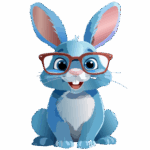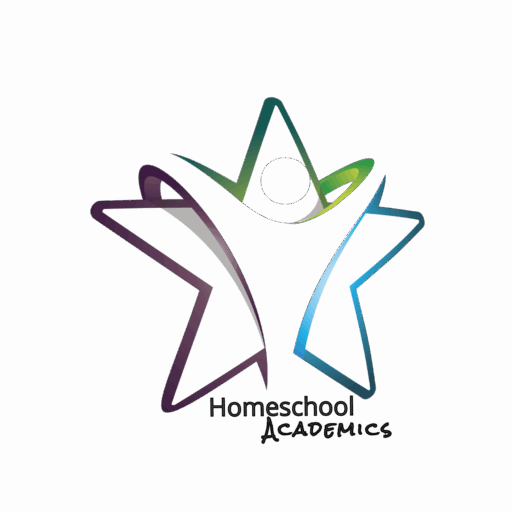Children learn through exploration, interaction, and guided experiences, each vital in their cognitive, emotional, and social development. Exploration allows children to engage with their environment, fostering curiosity and problem-solving skills as they experiment with new ideas and materials. Interaction with peers, family members, and educators provides opportunities for communication, collaboration, and the development of social-emotional skills.
Guided experiences, such as structured lessons or hands-on activities facilitated by a knowledgeable adult, help children build foundational knowledge and refine their understanding of concepts. By balancing these three elements, children can develop critical thinking skills, creativity, and a lifelong love for learning.
Here’s a breakdown of key ways children acquire knowledge and skills:
Observation and Imitation
- Role Models: Children often learn by observing others, particularly parents, teachers, and peers. They imitate behaviors, language, and actions.
- Social Learning: Watching how others interact with the world helps children understand social norms, problem-solving techniques, and emotional responses.
Play
- Exploratory Play: Through play, children explore their environment, experiment with different roles, and learn cause-and-effect relationships.
- Pretend Play: Imaginative play allows children to develop language skills, creativity, and the ability to understand different perspectives.
- Physical Play: Activities like running, jumping, and climbing help develop motor skills and spatial awareness.
Repetition and Practice
- Skill Development: Repeating tasks helps children refine their skills, whether it’s learning to walk, talk, or solve puzzles.
- Memory: Repetition aids in memory retention, reinforcing concepts like counting, the alphabet, or daily routines.
Language and Communication
- Listening and Speaking: Language is a crucial tool for learning. Conversations with adults and peers help children build vocabulary, grammar, and comprehension skills.
- Storytelling and Reading: Stories introduce new ideas, concepts, and vocabulary, helping children develop literacy and cognitive skills.
Trial and Error
- Problem-Solving: Children learn by trying new things, making mistakes, and figuring out what works and what doesn’t.
- Confidence Building: Successes and failures contribute to a child’s self-esteem and willingness to tackle new challenges.
Guided Learning
- Teaching and Instruction: Structured learning environments, like classrooms, provide children with targeted instruction and knowledge.
- Scaffolding: Adults often provide support by breaking down tasks into manageable parts, gradually increasing complexity as the child gains competence.
Social Interaction
- Peer Learning: Interacting with other children teaches cooperation, sharing, negotiation, and conflict resolution.
- Cultural Learning: Through interaction with family and community, children learn cultural norms, values, and traditions.
Curiosity and Exploration
- Asking Questions: Children are naturally curious and learn a lot by asking questions and seeking answers.
- Hands-On Experiences: Engaging with their environment, whether it’s nature, art, or technology, allows children to learn through direct experience.
These methods of learning are interconnected, with children often using multiple strategies simultaneously. The environment, relationships, and experiences all play a significant role in shaping how children learn.


